Nut Cone Shell, Conus nux
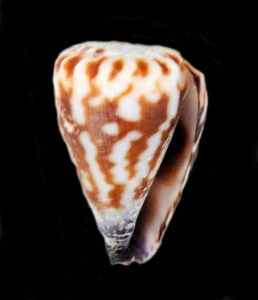
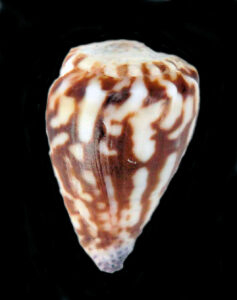 Nut Cone Shell, Conus nux. Shell collected off the beach in the greater Los Cabos area, Baja California Sur, December 2010. Size: 1.5 cm (0.6 inches) x 1.0 cm (0.4 inches).
Nut Cone Shell, Conus nux. Shell collected off the beach in the greater Los Cabos area, Baja California Sur, December 2010. Size: 1.5 cm (0.6 inches) x 1.0 cm (0.4 inches).
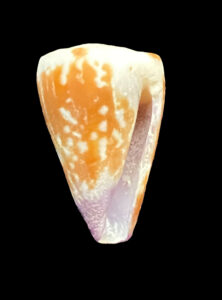
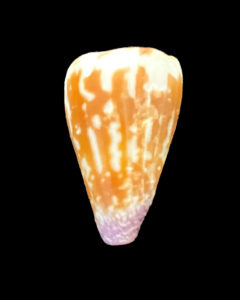 Nut Cone Shell, Conus nux. Shell collected off the beach at Punta Chivato, Baja California Sur, April 2022. Size: 1.7 cm (0.7 inches) x 1.2 cm (0.5 inches). Collection, photographs and Identification courtesy of Colin Campbell, DVM, Punta Chivato, Baja California Sur.
Nut Cone Shell, Conus nux. Shell collected off the beach at Punta Chivato, Baja California Sur, April 2022. Size: 1.7 cm (0.7 inches) x 1.2 cm (0.5 inches). Collection, photographs and Identification courtesy of Colin Campbell, DVM, Punta Chivato, Baja California Sur.
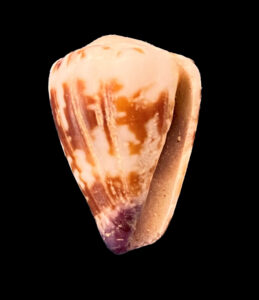
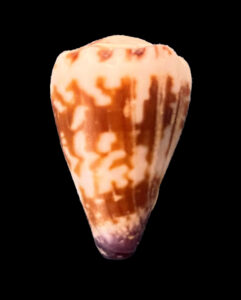 Nut Cone Shell, Conus nux. Shell collected off the beach at Punta Chivato, Baja California Sur, April 2022. Size: 1.9 cm (0.7 inches) x 1.2 cm (0.5 inches). Collection, photographs and Identification courtesy of Colin Campbell, DVM, Punta Chivato, Baja California Sur.
Nut Cone Shell, Conus nux. Shell collected off the beach at Punta Chivato, Baja California Sur, April 2022. Size: 1.9 cm (0.7 inches) x 1.2 cm (0.5 inches). Collection, photographs and Identification courtesy of Colin Campbell, DVM, Punta Chivato, Baja California Sur.
The Nut Cone, Conus nux (Broderip, 1833), is a member of the Conidae Family of Cones. They are known in Mexico as cono nuez. They have a low to moderate spire and a knobby top, leading to coronation on the shoulder. The shell has a white exterior with irregular, brown or reddish-brown, banding and blotching and a white aperture with a purple tinge at the anterior end. Some individuals show purple banding inside the aperture. They are covered with a thin and light gray colored periostracum. Nut Cones are one of the smaller Cones in the region, reaching a maximum of 2.6 cm (1.1 inches) in length and 1.6 cm (0.6 inches) in height.
Nut Cones are found in rock crevasses and under rock ledges in the intertidal zone to depths up to 49 m (125 feet). They range from Magdalena Bay, Baja California Sur, to Peru, including the Cocos, Clipperton, Galapagos and Revillagigedo Islands.
Synonyms include Conus pusillus and Harmoniconus nux.